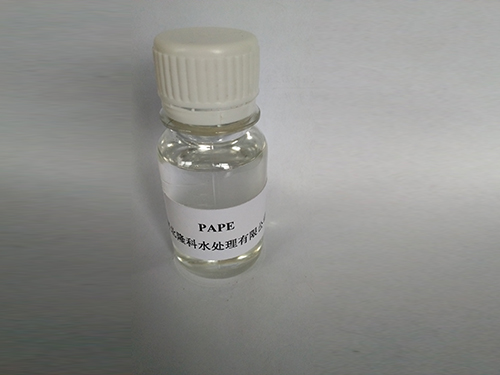Effective Use of Flocculants in Water Treatment and Their Impact on Environmental Sustainability
Understanding Flocculant Chemicals Importance and Applications
Flocculant chemicals play a critical role in various industrial processes, particularly in water treatment and solid-liquid separation. These substances are designed to promote flocculation, a process that causes fine particulates to clump together into a floc, which can then be easily removed from liquids. This article delves into the significance of flocculants, their types, mechanisms, and applications across different sectors.
What are Flocculant Chemicals?
Flocculants are typically high-molecular-weight compounds, either synthetic or natural, that help in binding particles in suspension. They are widely used in several fields, including municipal water treatment, mining, paper production, and wastewater management. The main purpose of applying flocculants is to enhance the settling of particulates, thus improving the clarity of the liquid being treated.
Types of Flocculants
Flocculants can be categorized into two main types organic and inorganic.
1. Organic Flocculants These are usually synthetic polyacrylamide-based products. They can be further divided into cationic, anionic, and nonionic types based on their charge. Cationic flocculants are positively charged and are particularly effective in repelling negatively charged particles, which aids in neutralizing their charge and facilitating aggregation. Anionic flocculants, on the other hand, are negatively charged and are used when the particles to be flocculated are also negatively charged, creating a suitable environment for floc formation.
2. Inorganic Flocculants These include metal salts such as aluminum sulfate and ferric chloride. These compounds work by neutralizing the charges of suspended particles, encouraging them to come together and settle out of the solution. They are often used in municipal water treatment facilities due to their effectiveness and relatively low cost.
Mechanism of Action
The flocculation process generally involves several stages charge neutralization, agglomeration, and settling. Initially, flocculants neutralize the surface charges of suspended particles, enabling them to interact more intimately. As these particles come together, they form larger aggregates, or flocs, which eventually settle to the bottom under the influence of gravity.
flocculant chemical

The efficiency of flocculants depends on various factors, including the type and concentration of the flocculant used, the characteristics of the particles, and the physical and chemical properties of the solution. Proper dosage and mixing are essential to optimize the flocculation process.
Applications of Flocculants
Flocculants find extensive application across numerous industries
- Water Treatment They are primarily used in municipal and industrial wastewater treatment plants to reduce turbidity and remove contaminants effectively. By enhancing the solid-liquid separation process, flocculants help in producing cleaner effluent that meets environmental regulations.
- Mining and Mineral Processing In mining, flocculants are essential for thickening and dewatering tailings, thereby optimizing resource recovery and minimizing environmental impact.
- Paper and Pulp Industry In the production of paper, flocculants assist in the retention of fibers and fillers, contributing to better quality and stronger paper products.
- Food and Beverage Flocculants are also used in the clarification of juices and beverages, helping to improve clarity and enhance the visual appeal of the product.
Conclusion
Flocculant chemicals are indispensable in various industrial processes that require efficient solid-liquid separation. By promoting the clumping of particles, they enhance overall productivity and quality in water treatment and numerous manufacturing processes. With the increasing focus on environmental sustainability, the demand for effective flocculants will likely grow, spotlighting the importance of further research and innovation in this field. Understanding flocculants and their applications is key to optimizing operations while mitigating environmental impacts in diverse industries.
-
Understanding Polycarboxylic Acids: Properties, Applications, and Future PotentialNewsJul.28,2025
-
Scale Inhibitor Explained: How to Protect Your System from Limescale and Hard Water DamageNewsJul.28,2025
-
Scale and Corrosion Inhibitors: Essential Chemicals for Industrial Water System ProtectionNewsJul.28,2025
-
Polyaspartic Acid: A Biodegradable Polymer for Sustainable ChemistryNewsJul.28,2025
-
Isothiazolinones: A Versatile Antimicrobial Class with Industrial Power and Regulatory ChallengesNewsJul.28,2025
-
A Deep Dive into 2-Phosphonobutane-1,2,4-Tricarboxylic Acid (PBTC)NewsJul.28,2025





